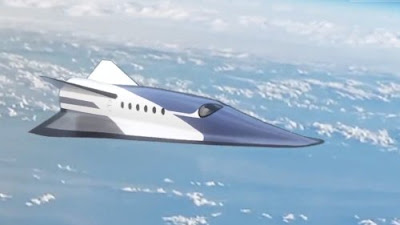Super-Earth Found in Space
Discovered by International Astronomers Using Powerful Ground Telescopes
May Have "Earth Like" Conditions
Astronomers have discovered what they're calling a Super Earth 31 light years away from our solar system. They say it is "potentially habitable". The planet is named GJ 357d. It is six times larger than the Earth and it orbits a sun that is much smaller than ours. An international team of scientists discovered it using powerful ground telescopes and following up on data first relayed by NASA's planet hunting satellite TESS. The astronomers believe that it could provide "Earth like conditions" for life.
Looking for Signs of Life
Highly advanced telescopes will, in the next several years, be going on line that will be able to pick out any signs of life on Super-Earth. Two telescopes going live in 2021 and 2025 should show whether the planet is rocky and if it has any oceans. If the planet's atmosphere is thick, it could support water on the surface and sustain life. If there is no atmosphere, the average temperature would be 64 degrees below zero, making it more glacial than habitable. For a free Kindle borrow of my latest book "Big Space News 2019" go to amazon.com/author/ekane
https://www.amazon.com/gp/product/B07TYG31KM/ref=dbs_a_def_rwt_bibl_vppi_i11
 |
| Source: NASA's Goddard Space Flight Center |
May Have "Earth Like" Conditions
Astronomers have discovered what they're calling a Super Earth 31 light years away from our solar system. They say it is "potentially habitable". The planet is named GJ 357d. It is six times larger than the Earth and it orbits a sun that is much smaller than ours. An international team of scientists discovered it using powerful ground telescopes and following up on data first relayed by NASA's planet hunting satellite TESS. The astronomers believe that it could provide "Earth like conditions" for life.
Looking for Signs of Life
Highly advanced telescopes will, in the next several years, be going on line that will be able to pick out any signs of life on Super-Earth. Two telescopes going live in 2021 and 2025 should show whether the planet is rocky and if it has any oceans. If the planet's atmosphere is thick, it could support water on the surface and sustain life. If there is no atmosphere, the average temperature would be 64 degrees below zero, making it more glacial than habitable. For a free Kindle borrow of my latest book "Big Space News 2019" go to amazon.com/author/ekane
https://www.amazon.com/gp/product/B07TYG31KM/ref=dbs_a_def_rwt_bibl_vppi_i11



Comments
Post a Comment